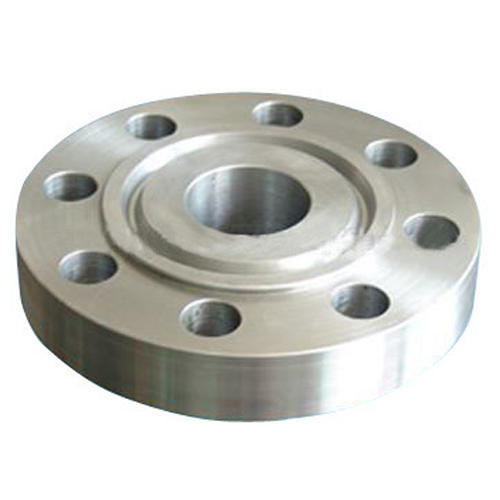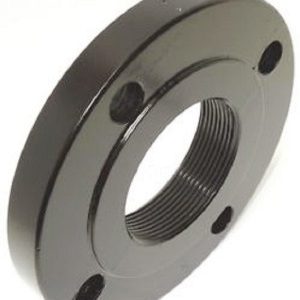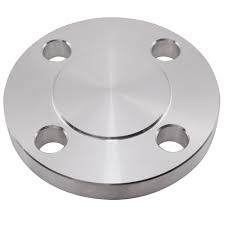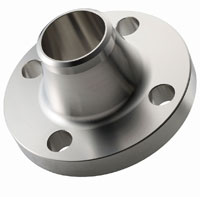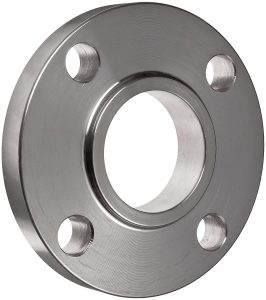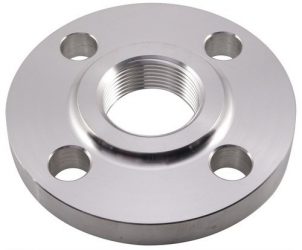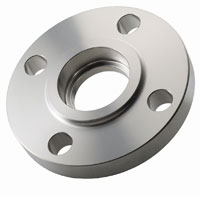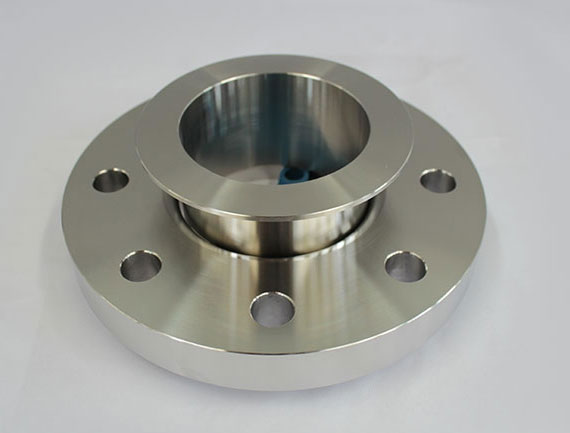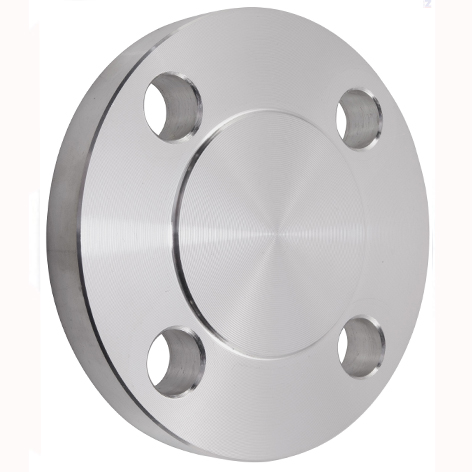Great things in business are never done by one person. They’re done by a team of people.


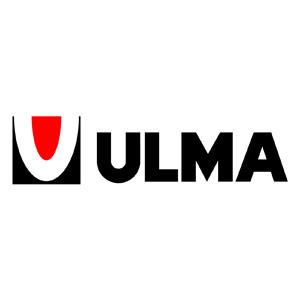



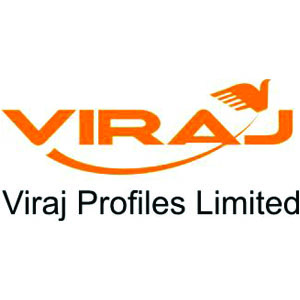







WELDING NECK FLANGE
Notash Sanat Sahand
A primary, dependable and high performance supply partner
This flange type is used, normally, in high-pressure and high/low temperatures applications that require an unrestricted flow of the fluid conveyed by the piping system (the bore of the flange matches with the bore of the pipe)
The absence of pressure drops prevents negative effects as turbulence and erosion/corrosion of the metals in the proximity of the flanged joints. The dimension of the flange (NPS and the pipe schedule) shall match the dimension of the connecting pipe.
SLIP ON FLANGE
Notash Sanat Sahand
A primary, dependable and high performance supply partner
This flange type is used, normally, in high-pressure and high/low temperatures applications that require an unrestricted flow of the fluid conveyed by the piping system (the bore of the flange matches with the bore of the pipe)
A slip-on flange is connected to the pipe or the fittings by two fillet welds, one executed inside and one outside the cavity of the flange. The bore size of a slip-on flange is larger than the outside diameter of the connecting pipe, as the pipe has to slide inside the flange to be connected by the execution of a fillet weld.
The dimensions and weights of slip-on flanges ANSI/ASME are available on this page.
THREADED FLANGE
Notash Sanat Sahand
A primary, dependable and high performance supply partner
Threaded flanges are joined to pipes by screwing the pipe (which has a male thread, generally NPT per ASME B1.20.1) onto the flange, without seam welds (in certain cases, though, small welds are applied to increase the strength of the connection).
Threaded flanges are available in sizes up to 4 inches and multiple pressure ratings, however, they are used, mostly, small size piping in low pressure and low-temperature applications, like water and air utility services.
Threaded flanges are also a mandatory requirement in explosive areas, such as gas stations and plants, as the execution of welded connections in such environments would be dangerous.
The dimensions and weights of Threaded flanges ANSI/ASME are available on this page.
SOCKET WELD FLANGE
Notash Sanat Sahand
A primary, dependable and high performance supply partner
According to ASME B31.1, to execute a flanges connection using a socket weld flange, the pipe shall be at first inserted in the socket of the flange until it reaches the bottom of the flange, then it should be lifted by 1.6 mm and finally welded.
This gap shall be left to allow proper positioning of the pipe inside the flange socket after the solidification of the weld.
Socket Weld Flanges are used for small-size and high-pressure piping that do not transfer highly corrosive fluids.
This due to the fact that these flange types are subject to corrosion in the gap area between the end of the pipe and the shoulder of the socket.
Their static strength of socket weld flanges is similar to slip-on flanges’, but their fatigue strength is higher due to the presence of a single, instead of double, fillet weld.
The dimensions and weights of Socket Weld Flanges ANSI/ASME are available on this page.
LAP JOINT FLANGE
Notash Sanat Sahand
A primary, dependable and high performance supply partner
Lap joint flanges feature a flat face and are always used in conjunction with a stub end. Lap joint flanges resemble, in shape, slip-on flanges except for the radius at the crossing of the flange face and the bore to accommodate the flanged portion of the stub end.
A lap joint flange slips over the pipe and seats on the back of the stub end and the two are kept together by the pressure of the bolts.
The use of lap joint flanges in combination with stub ends is a cost-effective solution for stainless steel or nickel alloy pipelines, as the material of the lap joint flange can be of a lower grade (generally carbon steel) than the material of the stub end (which has to match the pipe grade, as in contact with the conveyed fluid). This arrangement, therefore, has these two advantages:
1- reduces the overall cost of the pipeline’s flanged joints, as the use of higher grade materials is minimized;
2- bolting operations are simplified, as the lap joint flange can be rotated around the pipe to help with bolts alignment.
The dimensions and weights of lap joint flanges are shown in this article.
BLIND FLANGE
Notash Sanat Sahand
A primary, dependable and high performance supply partner
Contrary to all the flange types seen above, blind flanges do not have a center hole, and are used to blind or seal a pipeline, a valve/pressure vessel and block the flow of the fluid.
Blind flanges have to withstand remarkable mechanical stress due to the system pressure and the required bolting forces.
Blind flanges allow easy access to the pipeline, as they can be easily unbolted to let the operator execute activities inside the terminal end of the pipe (this is also the reason why the blind flange type is used as manhole for pressure vessels, at times).
It is maybe interesting to observe that, while this flanges type is easier to manufacture, they are sold at a premium average cost per kilogram compared to the other flange types.
The dimensions and weights of lap joint flanges are shown in this article.
Range size of Flanges
“Size: 1/2″ – 60
Pressures: 150 – 300 – 600 – 900 – 1500 – 2500
Types: Raised Face and Ring Joint
Schedule: SCH5 to XXS
Standards: ASTM, ASME, API, BS, DIN, JIS, UNI, SIS
| Grades | Material Flanges |
|---|---|
| A1050 | Carbon Steel Series |
| A182 Gr F1, F11, F12, F22, F5, F9 | Carbon Steel Alloy High-Temp Series |
| A350 Gr LF2, A350 Gr LF3 | Carbon Steel Alloy Low-Temp Series |
| A182 Gr F304, F316, F321, F347 | Austenitic Stainless Steel Series |
| A182 Gr UNS S31803 – UNS S32205 – UNS S32750 – UNS S32760 | Duplex and Super Duplex Series Nickel Alloy Series |
| Nickel 200, Inconel 600/625/800/825, Monel K400, Hastelloy C276 | Nickel Alloy Series |
OUR STOCK
Our company stocks a large inventory of flanges. We carry a full line of steel weld neck flanges, used to block the end of a pipe system or valve. Our flange experts can help identify which flange is right for your application. Please note we maintain huge stocks of Pipe fittings and Valves and Stud bolts too which you can find on the subsequent pages.
